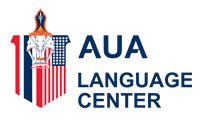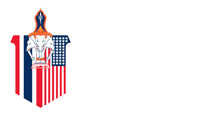
CV, resumé and portfolio are 3 types of document submitted for job applications and further education enrollment, in support of an application letter. Used for preliminary screening before shortlisting and calling for interview, they have some differences.
CV, shortened from the Latin ‘curriculum vitae’, “course of life”, features details of educational, working and skills backgrounds, with more details than a resumé With a usual length of not more than 4 pages, a CV is used in applying for well-paid jobs: executive, academic, medical or other high-skill careers.
‘Resumé’, derived from the French word ‘resumer’, means a brief description of selected education and working backgrounds, as well as some other achievements, with a length of about 1-2 pages.
‘Portfolio’ derived from the Italian word ‘portafoglio’, “carry document”, a portfolio means a large, thin case used for carrying drawings, documents, etc. It is used to refer to a collection of graphic works of art or designs, photographs, art works, or personal references and other such documents. It can accompany a resumé. In a different context, it can mean a collection of financial investments.
Originally from medical field, biodata is another kind of personal description document, generally for demographic data collection and civil identification. Apart from medical history, it focuses on biological data, race, marital status and other features. It can include brief background details of education and career.




